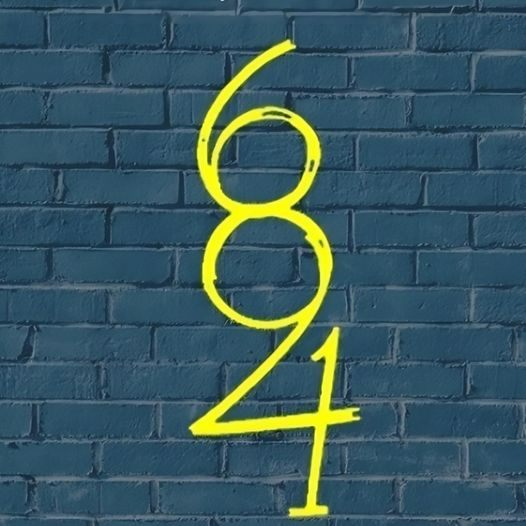ADVERTISEMENT
### **Training Your Brain with Visual Puzzles**
While these visual puzzles can be tricky, they’re excellent tools for enhancing cognitive skills like attention to detail, pattern recognition, and visual perception. By regularly practicing puzzles that challenge your ability to see hidden elements, you can train your brain to be more attuned to subtle details in your environment.
Here are a few cognitive benefits of engaging with puzzles like “How many numbers can you see?”:
#### 1. **Improved Focus and Attention**
The more you practice puzzles like this, the better you become at filtering out irrelevant information and focusing on what’s truly important. This ability to concentrate for longer periods is not only beneficial for solving puzzles but also for everyday tasks like work or studying.
#### 2. **Enhanced Problem-Solving Skills**
As you solve these puzzles, you start to develop a more systematic approach to problem-solving. Instead of jumping to conclusions based on initial impressions, you learn to evaluate the puzzle from different angles, slowly working through the details to uncover all hidden elements. This methodical thinking can be applied to real-world situations where problems need to be tackled with care and precision.
#### 3. **Boosted Creativity**
Visual puzzles often require thinking outside the box and seeing things from a new perspective. This can help foster creativity as you become more adept at seeing hidden solutions and patterns. Over time, your ability to think creatively will extend beyond puzzles and positively impact your approach to tasks and challenges in various areas of life.
#### 4. **Stronger Visual Memory**
Engaging with puzzles that require you to remember and process visual elements strengthens your visual memory. This can have far-reaching benefits in your daily life, as you become better at recalling visual information quickly and efficiently. Whether you’re remembering someone’s face, recalling a layout, or navigating through a new space, your enhanced visual memory can make these tasks easier.
### **Real-Life Applications of Visual Perception Skills**
The skills you develop from solving visual puzzles like “How many numbers can you see?” have many practical applications in real life. Here are just a few examples of how improved visual perception and cognitive flexibility can benefit you:
#### 1. **Design and Art**
Artists, designers, and architects rely heavily on visual perception to create their work. Whether they’re working with colors, shapes, or patterns, the ability to spot subtle details and identify hidden elements is crucial. By practicing puzzles that challenge these skills, professionals in creative fields can improve their ability to visualize complex designs and anticipate how different elements interact.
#### 2. **Sports and Performance**
In sports, athletes need to process a large amount of visual information quickly. Whether it’s tracking a fast-moving ball or analyzing the positions of opponents, the ability to quickly identify key visual elements can make a big difference in performance. Visual puzzles help athletes train their reaction time, attention to detail, and ability to spot patterns in real-time situations.
#### 3. **Everyday Problem Solving**
In everyday life, visual puzzles help us make sense of complex environments and situations. From navigating a crowded room to reading a map or organizing items on a shelf, the skills gained from solving puzzles help us process and make sense of visual stimuli more effectively.
#### 4. **Driving and Navigation**
When driving, especially in unfamiliar areas, the ability to quickly assess and interpret visual information is essential. Identifying road signs, understanding maps, and reacting to unexpected obstacles are all tasks that require sharp visual perception and quick thinking. Solving visual puzzles sharpens these abilities and improves reaction times on the road.
### **Conclusion: The Puzzle’s Hidden Lesson**
Puzzles like “How many numbers can you see?” are more than just fun brain teasers—they are valuable tools for improving cognitive abilities. These puzzles challenge our perception, encourage critical thinking, and teach us how to recognize patterns and hidden details in complex environments. By practicing with these puzzles regularly, we can improve our focus, problem-solving skills, and visual memory, benefiting us both mentally and practically in our daily lives.
So, the next time you come across a puzzle like this, take a moment to embrace the challenge. Don’t be discouraged if you don’t spot all the numbers right away. Instead, use it as an opportunity to train your mind, sharpen your attention to detail, and gain a deeper understanding of
how our brains process visual information. And who knows? The next time you tackle a similar puzzle, you might just find all 10 hidden numbers in record time!
